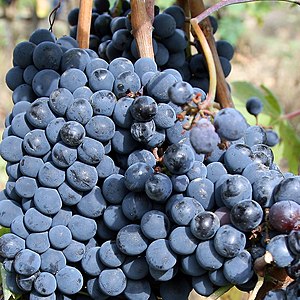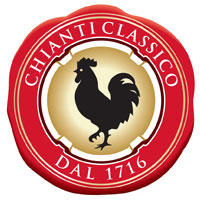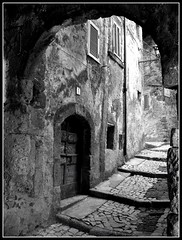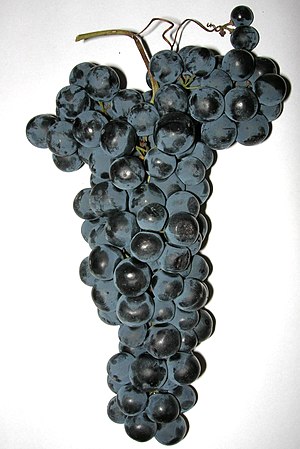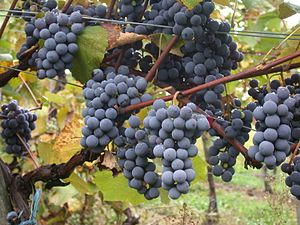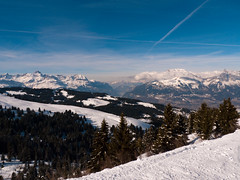 Image via Wikipedia
Image via WikipediaI Love Italian Travel - The Marches Wine Tours
So you have decided to go to Marches, a small region of
Italy on the Adriatic Sea. The Marches (it's often spelled with The) is relatively unknown to tourists. This is a great place to see the real Italy. Sights to see include the college town of Urbino with a lovely Palazzo Ducale that houses the
Galleria Nazionale delle Marche and the Casa Natale de Raffaello, the house where Raphael was born. While the National Gallery doesn't contain much work by Raphael, you can view Titian's Resurrection and Last Supper.
The coastal city of Pesaro has the usual (for Italy) components of Ducal Palace, Cathedral, castle, churches, and museums. One museum is devoted to a local boy, the opera composer Rossini. Head further down the coast to the port of Ancona and visit the Duomo di San Ciriaco (Cathedral). Stroll the streets of the old city. Loreto is home to the
Santuario della Santa Casa (House of the Virgin Mary). Festival time is Easter week and December 10, the Feast of the Holy House. Finish your tour at
Ascoli Piceno. Visit the Piazza del Populo (Square of the People) and the Thirteenth Century Palazzo dei Capitani del Populo (Palace of the People's Captains). Festival time is the first Sunday in August, a day devoted to the city's patron saint, Saint Emidio.
Marches, tucked between the Appennine Mountains and the Adriatic Sea, produces two top of the line wines, Rosso Cònero Riserva DOCG made from mostly Montepulciano and up to 15% Sangiovese grapes in the hills surrounding Mount Cònero near Ancona. The Vernaccia di Serrapetrona DOCG is a red sparkling wine made mostly from the Vernaccia Nera grape near Macerata towards the region's center. The regions' most popular wines are the white Verdicchios: Verdicchio dei Castelli di Jesi DOC and Verdicchio di Matelica DOC. They are usually dry but can be sweet. Be careful, their quality is variable. Try to find Bianchello del Metauro DOC wine from the rare Biancame white grape.
In addition to the grape varieties mentioned previously common white varieties include the Italian Trebbiano, Chardonnay, and Sauvignon Blanc. The local red Lacrima is relatively rare. Common red varieties include Cabernet Sauvignon, Merlot, and Syrah.
Companies that sell wine tours of The Marches include Prime Italy, Vineria la Birba, Hotel Universal Senigala, and Wine Tour Italia. Marches wineries that accept visits include Il Conte in Momteprandone and Casa Vinicola Gioacchino Garofoli in Loreto. Belisario in Matelica offers an extensive wine bar. A few words of warning are in order. Be sure to check ahead of time for opening hours and whether English is spoken. Some places may charge admission; others may expect you to buy some of their products.
----------------------------------------------------
Levi Reiss has authored or co-authored ten books on computers and the Internet but he would rather just drink fine Italian or other wine, accompanied by the right foods. He teaches various computer classes in an Ontario French-language community college. Check out his wine website http://www.theworldwidewine.com with a weekly column reviewing $10 wines and new sections writing about (theory) and tasting (practice) organic and kosher wines.


